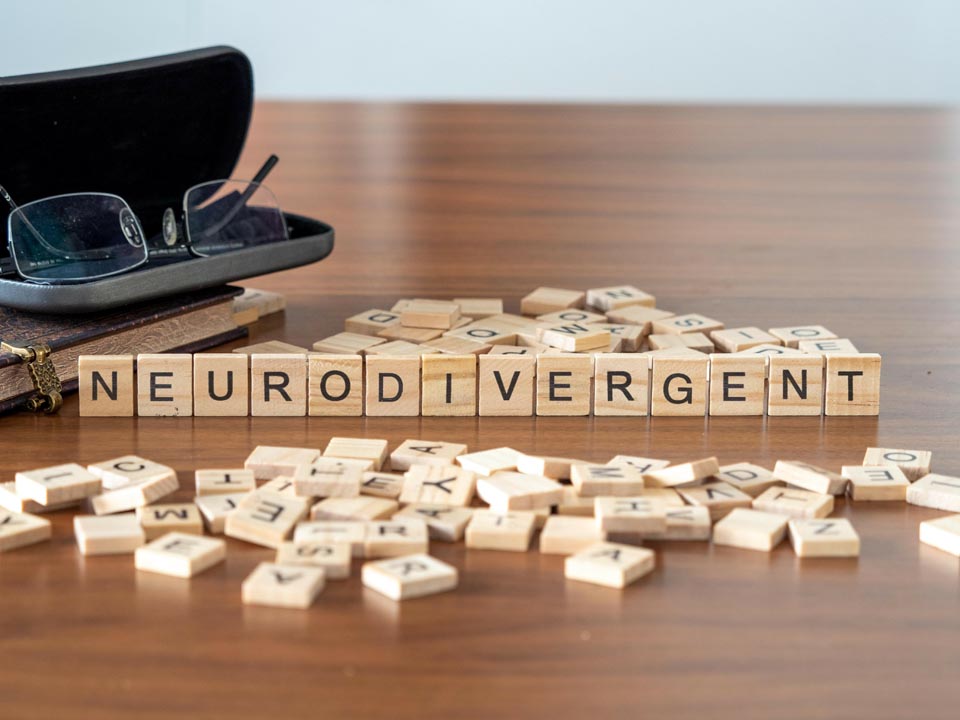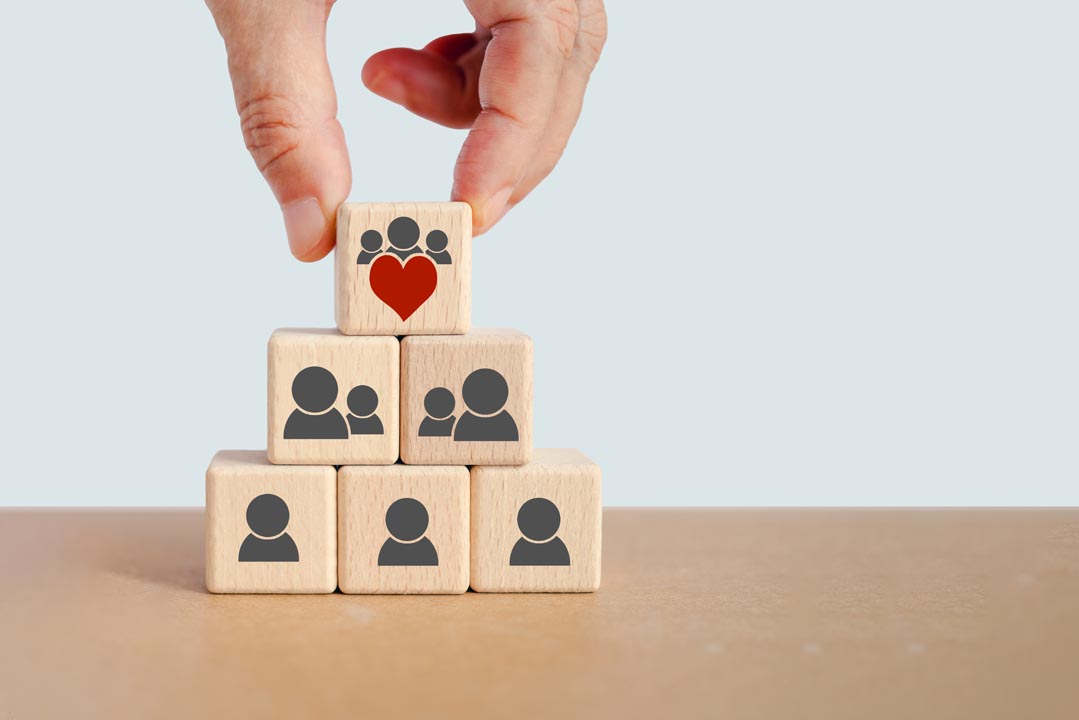Hayley Brackley explains neurodiversity and neurodivergent, the problem with ableism, and why we all need an inclusive workplace
This week sees Neurodiversity Celebration Week being observed, but what does this actually mean?
Neuroinclusion doesn’t sit with just one manager
Whilst we are discussing it, what exactly is neurodiversity? Simply put, it recognises the natural variations in brain function and cognition among individuals. No two brains will process the world around us in exactly the same way. Neurodiversity is, all of us and as important for the planet as biodiversity.
So what is neurodivergent?
Some readers might be confused: neurodiversity has often been used in the context of discussing neurological differences such as ADHD, Autism, dyslexia and many others. These differences fall under the umbrella term Neurodivergent. Neurodivergence refers to those whose neurological makeup differs from the perceived majority. For example those with the above mentioned differences, and it is often used to describe and recognise many other differences in brain operation, such as schizophrenia, bipolar disorder, aphantasia (an inability to visualise) and hyperlexia (a level of reading beyond what’s expected) to name just a few.
We often hear the statistic that 15-20% of the population is neurodivergent, however this is limited to a concise list of conditions or differences. If we consider a full range of neurodivergence, the figure is likely to be much higher.
The new normal?
When discussing neurotypes, there is no “normal”, and instead the word neurotypical describes individuals whose brain processing is more aligned with a majority of others.
In the workplace, understanding and embracing neurodiversity and indeed neurodivergence, is crucial for creating an inclusive environment. However, it’s essential to address ableism, which refers to the discrimination or prejudice against individuals with disabilities and the neuronormative practices which holds a bias towards a neurotypical method being correct. In the context of neurodivergence, ableism can manifest as misconceptions, stereotyping, or lack of accommodations, leading to marginalisation and barriers to success.
We see this playing out such as teaching children from a young age to “look at me when I’m talking to you”, something that will be more challenging for someone who finds eye contact difficult. This is further perpetuated in a workplace where we have “maintains good levels of eye contact” as a success criteria for an interview.
Requiring long form written debriefs from a dyslexic, dismissing the time management difficulties of a colleague with ADHD, sending a huge spreadsheet of numbers to a dyscalculic, and using ball games as ice breakers with a dyspraxic participant are all examples of ableism. Making the work place less accessible to someone who is neurodivergent, compared to their neurotypical peers.
Inclusivity and neurodivergence
The journey towards neuroinclusion involves a collective effort from managers, HR professionals, trainers, and co-workers. Companies like SAP, Microsoft, Google, and EY have paved the way by championing neurodiversity initiatives and sharing their successes. These include implementing flexible work arrangements, providing clear communication channels, and offering tailored support and accommodations. Some organisations recognise that a technically brilliant employee should be promoted into a role where they can be technically brilliant, rather than into the ranks of management, where their technical brilliance is put second to dealing with people, an entirely different skill set.
Reworking the workplace
So how can we create these neuroinclusive workplaces? I write as a neurodivergent female: Autism, ADHD and dyslexia are significant elements of my neurotype. If I think back to my days of employment, and where I experienced Neuroinclusion, my manager played a pivotal role in my professional journey. She helped me recognise my strengths, even when I couldn’t see them myself. Perhaps more significantly, she supported me without judgement in the things I found difficult. She kept an open mind and met me where I was.
Prioritisation is a challenge for me, and can lead to overwhelm. She would sit with me and help me to structure my day, putting tasks into a logical order. Another tricky topic for me is conflict resolution, she helped me to find ways to find solutions, without patronising .This personalised support made me feel welcomed and valued in the workplace.
Neuroinclusion doesn’t sit with just one manager though, there are systematic practices that can increase the accessibility of the environment for neurodivergent individuals like myself. Considering work processes, reviewing communication methods, having efficient workstreams and taking into account the sensory experiences created by the physical environment are great places to start.
Fostering a growth mindset and a culture of working to one’s strengths, with a sense of curiosity, rather than blame when things aren’t going so smoothly create a foundation where everyone has an opportunity to thrive.
Striving forwards
In my work as a workplace neurodiversity specialist, I’ve seen huge improvements in workplaces demonstrating a commitment to include all neurotypes, however there’s still work to be done. Statistics from the Buckland review reveal that autistic graduates are twice as likely to be unemployed after 15 months compared to non-disabled graduates. Additionally, a City and Guilds report found that only 32% of neurodivergent employees feel comfortable disclosing their condition, indicating a need for greater awareness and acceptance.
Neuroinclusion isn’t a destination but a continuous journey. It requires ongoing education, advocacy, and a commitment to creating a culture of acceptance and support. By embracing neurodiversity, organisations can unlock the full potential of their diverse workforce and foster a culture of wellbeing, productivity and success.
Celebrating neurodiversity isn’t just about embracing differences—it’s about recognising the unique strengths and contributions of every individual, regardless of their neurological makeup.
Inclusive inclusion
For us to celebrate, we need to include.
“Diversity is being invited to the party; inclusion is being asked to dance”
Verna Myers
But what if you need someone to meet you at the door? What if you need a quiet corner at the party? What if you need help to order a drink? What if you need help choosing an outfit. And what if you’re much happier just going for a walk?
Inclusion is ensuring each and every individual has the opportunity to live and work well. And that’s definitely something worth celebrating.
Hayley Brackley is a Neurodiversity Coach, Speaker and Trainer at her company Great Minds Don’t




